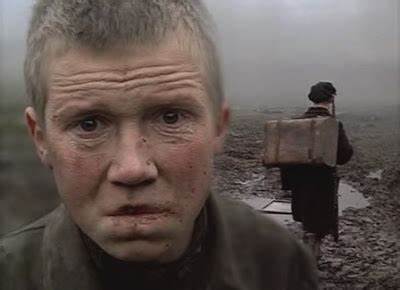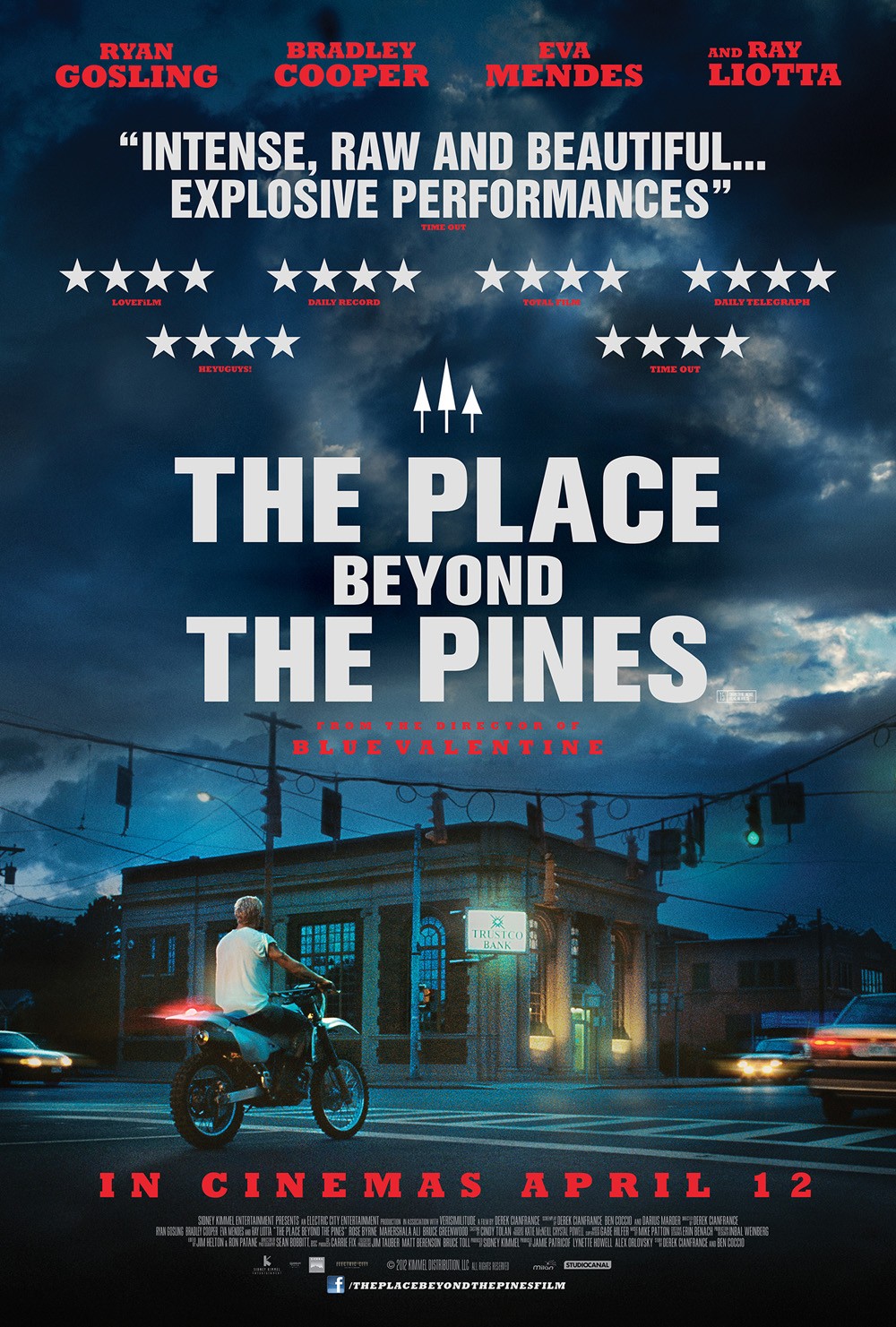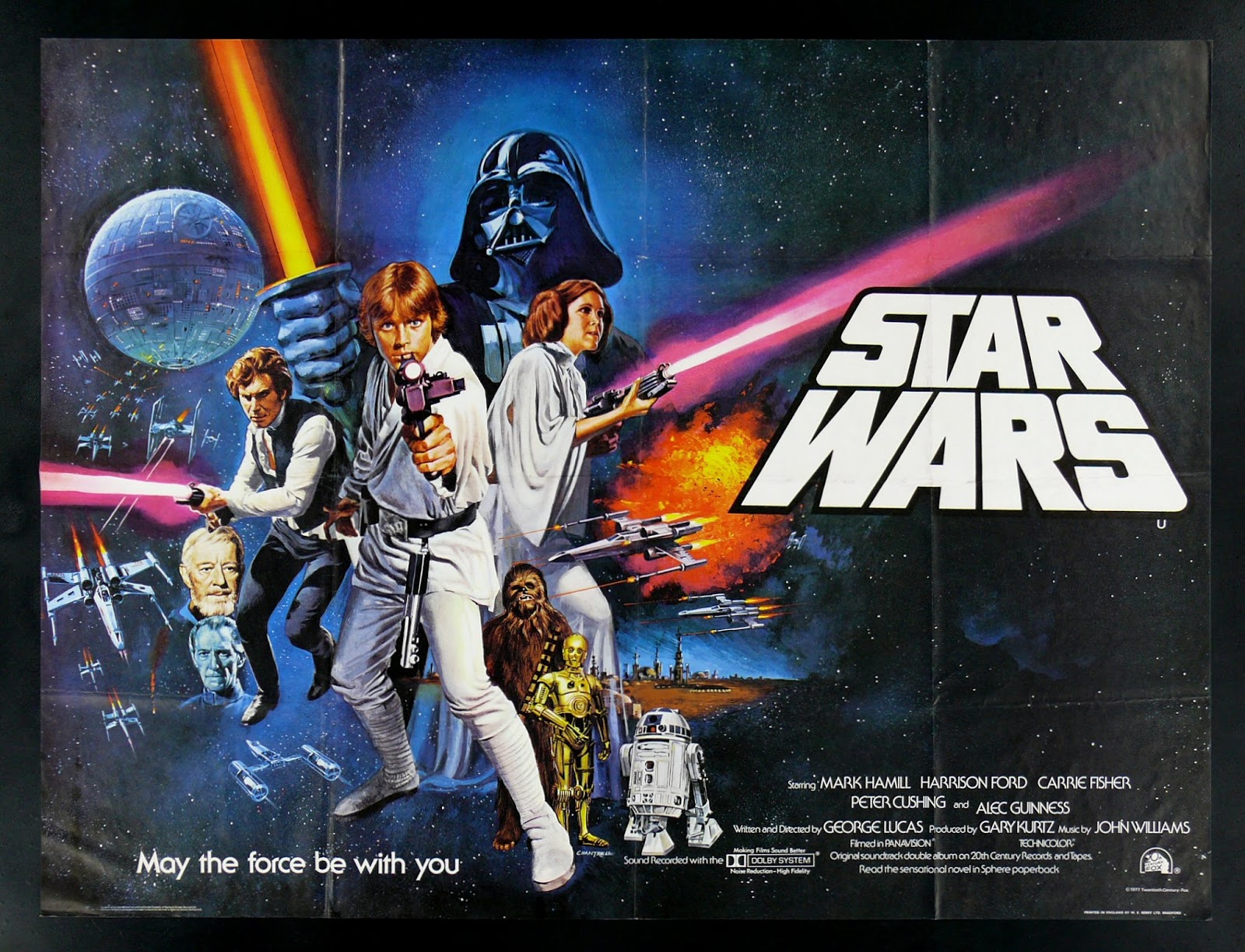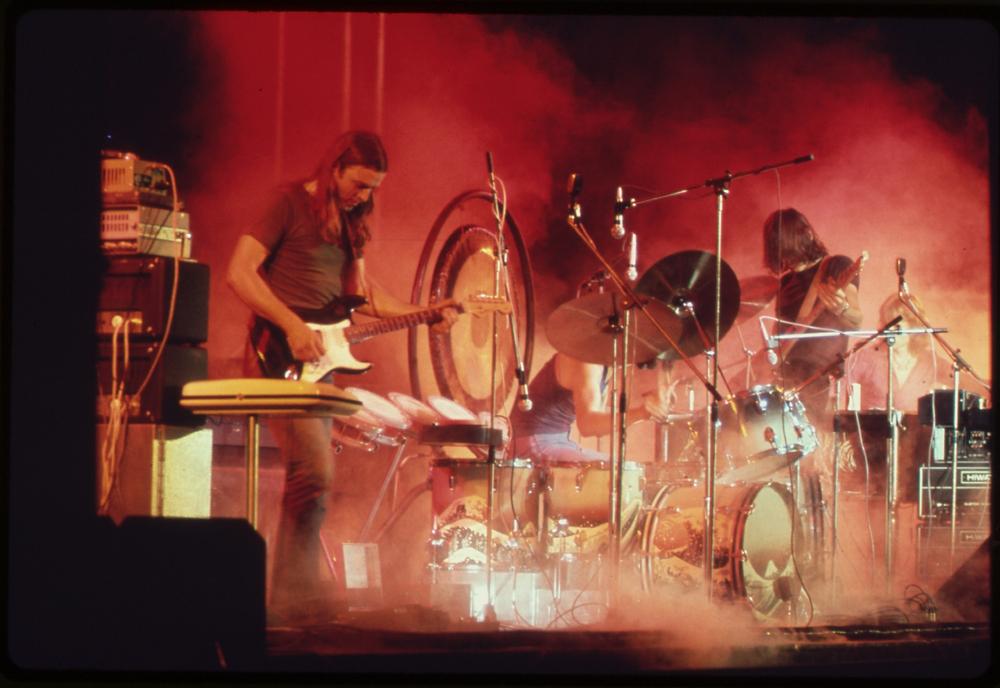
The 1970s stand as a monumental epoch in the annals of music history, a decade of unparalleled genre proliferation and artistic experimentation. From the soulful grooves of Funk and R&B to the raw power of Hard Rock and the infectious rhythm of Disco, listeners were treated to an astonishing breadth of sounds. This was a time when music equipment advanced beyond simple four-track limitations, enabling artists to venture into sonic landscapes previously unimagined, pushing boundaries and forging entirely new auditory experiences. It was truly a vibrant and fertile ground for creativity.
The era also marked a golden age for vinyl records, which became widely accessible and affordable, transforming every household into a potential concert venue. This accessibility fostered a deep connection between artists and their audiences, as entire families gathered around record players, absorbing the latest hits and iconic albums. The sheer volume of timeless rock ‘n’ roll recorded during this period, from the progressive artistry of Pink Floyd to the innovative genius of David Bowie and the undeniable force of Led Zeppelin, could fill countless playlists and captivate listeners for days on end.
Yet, for all its revolutionary spirit and enduring legacies, the music industry is inherently a landscape of constant flux. Mainstream tastes are ever-shifting, and the fickle nature of popularity means that even genuinely good rock bands, despite achieving major success, can sometimes vanish from the prominent concert circuit as quickly as they arrived. This article delves into the fascinating narratives of some of these very bands, those who left an indelible mark on the ’70s but subsequently faded from the spotlight, becoming cherished memories for those who remember their potent, albeit often brief, reign.
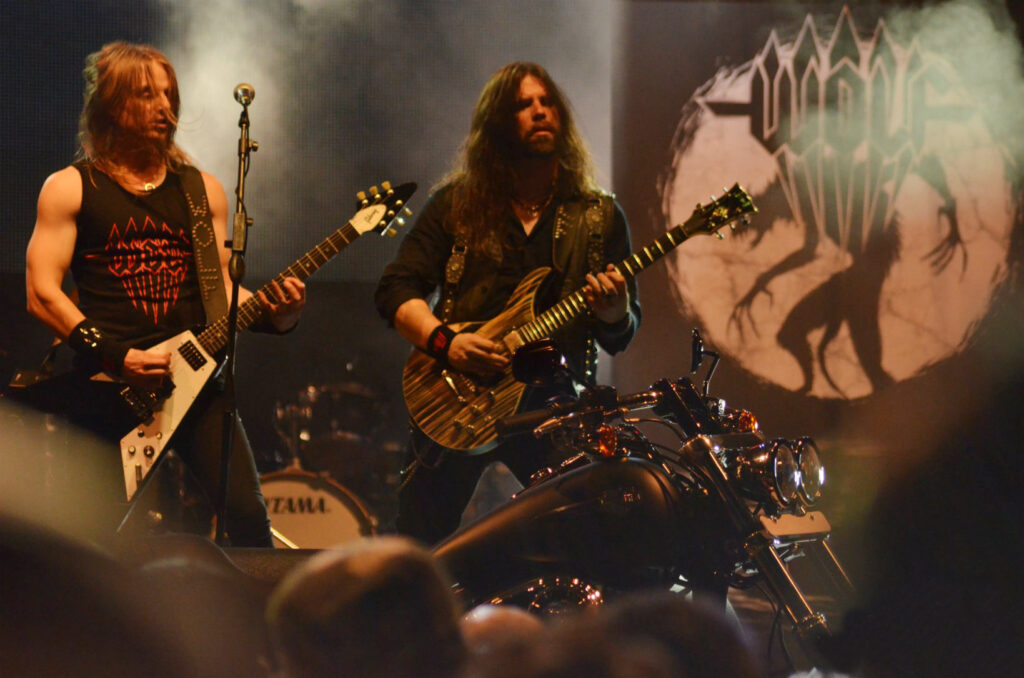
1. **Starbuck: The Marimba-Driven Phenomenon**In 1976, a distinct sound pierced through the airwaves, captivating audiences with its unique blend of pop-rock sensibility and an unexpected instrumental flair. That sound belonged to Starbuck, and their smash hit, “Moonlight Feels Right,” became an instant classic, defining a particular moment in the decade’s diverse musical tapestry. The song itself was a refreshing departure from many of its contemporaries, showcasing a bright, catchy melody paired with sophisticated arrangements that hinted at a deeper musicality within the band.
What truly set “Moonlight Feels Right” apart, and what remains its most memorable characteristic, was undoubtedly that iconic marimba solo. It wasn’t just a brief interlude; it was a central, defining feature of the track, weaving an exotic and instantly recognizable texture into the pop-rock framework. This adventurous inclusion demonstrated the band’s willingness to experiment, and it paid off handsomely, securing their place in the collective consciousness of ’70s music lovers. It’s a testament to their creativity that such a distinct element could become so beloved.
For a glorious, albeit fleeting, period, Starbuck enjoyed significant success, riding the wave of “Moonlight Feels Right’s” popularity. Their unique approach resonated with a wide audience, proving that innovation, even in seemingly minor details like a marimba solo, could propel a band to national recognition. They had found a winning formula, a signature sound that was both accessible and distinct, garnering them widespread airplay and a devoted following during their peak.
However, as quickly as their star ascended, it began to dim. The mainstream, ever-hungry for the next big sensation, moved on, and Starbuck struggled to replicate the singular magic of their breakout hit. While they did manage one more charting success with the 1978 single “Searching For A Thrill,” it lacked the widespread impact and lasting cultural footprint of its predecessor. By 1980, the band recognized the shifting tides and, with heavy hearts, called it quits, effectively disappearing from the national concert circuit and leaving behind a legacy primarily defined by that one unforgettable, marimba-infused track.
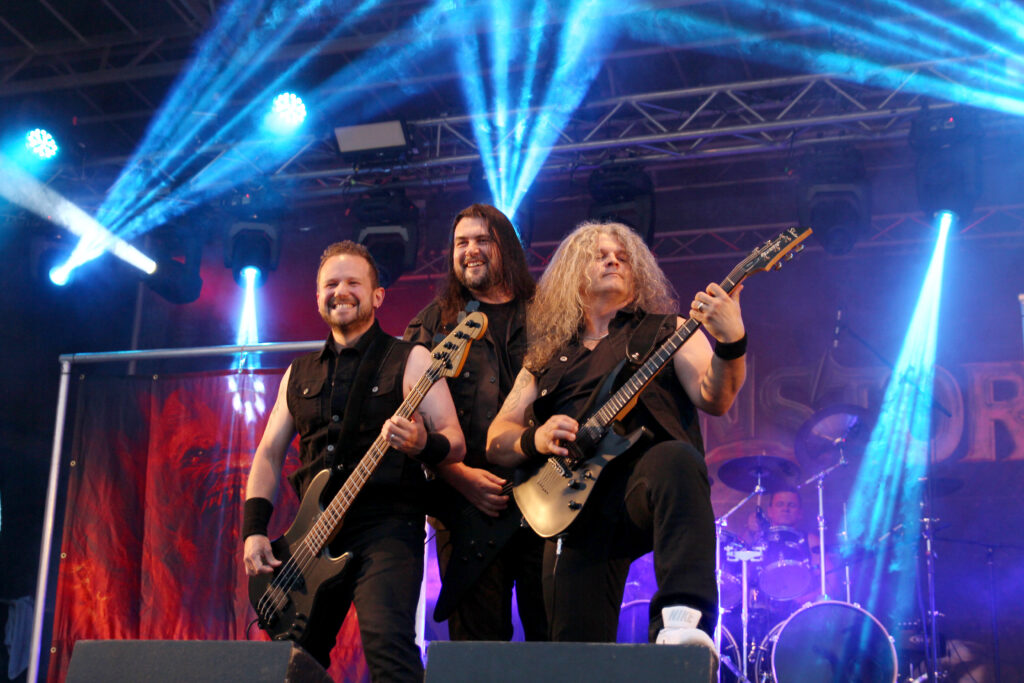
2. **Paper Lace: The Storytelling Hitmakers**“The Night Chicago Died” burst onto the scene in 1974, a narrative-driven pop-rock anthem that painted a vivid picture of Prohibition-era gangster lore, instantly grabbing the attention of listeners across the United States. Paper Lace, the British band behind this catchy tune, demonstrated a knack for storytelling through song, crafting a compelling tale that combined historical intrigue with an infectious melody. The song’s theatricality and singalong chorus made it a staple on radio waves and in record collections, cementing its status as a major hit.
The single’s massive success propelled Paper Lace into the American spotlight, giving them a taste of widespread fame. It was a testament to the power of a well-crafted concept song, proving that audiences were eager for music that could transport them to another time and place. For a while, the band seemed poised for a sustained presence in the thriving 1970s music scene, riding high on the charts and delighting fans with their distinctive sound.
Yet, for all its initial impact, “The Night Chicago Died” ultimately became, for American audiences, more or less Paper Lace’s sole major hit. Despite their continued efforts and the release of other material, the band found it increasingly difficult to replicate that initial, phenomenal success in the United States. They seemed to vanish from the American charts, their unique brand of pop-rock storytelling struggling to maintain traction in a rapidly diversifying musical landscape.
While Paper Lace did continue to enjoy a few more hits in their native United Kingdom, the broader global appeal that had accompanied their breakout single proved elusive. By the close of the 1970s, it became evident that mainstream audiences, particularly in America, had largely moved on from their classic pop-rock sound. Though the band, admirably, is still together today, their significant presence on the American concert circuit effectively dissolved after their brief, but impactful, moment in the 1970s sun, leaving many to wonder what might have been.

3. **The Ides Of March: The Horn-Infused Rockers**Kicking off the new decade with an undeniable bang, The Ides Of March stormed the charts in 1970 with their electrifying hit, “Vehicle.” This song was an immediate sensation, a powerful blend of rock energy infused with a dynamic horn section that gave it a distinct, almost jazz-fusion edge. The raw, passionate vocals delivered with an incredible urgency, combined with that unforgettable, earworm beat, created a truly exhilarating listening experience that perfectly captured the vibrant spirit of early 1970s rock music.
“Vehicle” was more than just a song; it was a statement. Its intricate arrangement and spirited performance made it a standout track, proving that a fusion of rock’s raw power with the sophisticated punch of brass could yield incredible results. The Ides Of March showcased a musical prowess that garnered them significant critical acclaim and immense popular appeal, quickly establishing them as a band to watch in the burgeoning rock scene of the era. The song’s enduring quality speaks volumes about their talent.
However, despite the immense popularity and critical praise that greeted “Vehicle,” the band’s subsequent releases struggled to achieve the same level of mainstream success. It’s a common, if unfortunate, narrative in the music industry: a band strikes gold with one phenomenal hit, only to find the path to sustained chart presence fraught with challenges. After their initial chart-topping glory, The Ides Of March never managed to break into the Top 40 again, a stark contrast to their meteoric rise.
This inability to follow up on their breakthrough hit led to a significant downturn in their visibility and commercial viability. The band initially broke up in 1973, marking a poignant end to their first chapter and their departure from the prominent concert circuit. Thankfully, in a testament to their enduring passion for music, this rock-meets-jazz-fusion group revived in 1990 and continues to perform today, ensuring that while they vanished from the mainstream circuit after their 70s peak, their musical journey ultimately found a new lease on life.

4. **Bachman-Turner Overdrive (BTO): The Blue-Collar Rock Anthems**Bachman-Turner Overdrive, affectionately known as BTO, was a true powerhouse of ’70s rock, churning out a string of anthemic, hard-hitting tracks that resonated deeply with a generation. Hits like the unapologetically catchy “You Ain’t Seen Nothing Yet” and the enduringly optimistic “Takin’ Care Of Business” became staples on rock radio, embodying a no-nonsense, blue-collar rock ethos that struck a chord with millions. Their music was characterized by driving guitar riffs, powerful vocals, and an infectious sense of swagger that made them a formidable presence in the mid-70s rock landscape.
BTO’s straightforward, riff-driven rock ‘n’ roll provided a perfect soundtrack for the era, a counterbalance to the more experimental or theatrical sounds emerging concurrently. They built a reputation as a band that delivered consistent, high-energy performances, solidifying their status as rock titans. Their albums sold in droves, and their concerts were packed, a clear indication of their widespread appeal and the undeniable connection they forged with their fanbase during their heyday.
Despite their undeniable success and a catalog of genuinely iconic tracks, BTO, regrettably, finds itself on the list of bands whose prominence diminished significantly after the 1970s. The decline in sales, a harsh reality of the competitive music industry, began to take its toll, making it increasingly difficult for the band to maintain the frenetic pace of their earlier triumphs. While their songs remain classic rock radio favorites, their active presence in the mainstream concert circuit began to wane.
While Bachman-Turner Overdrive is technically still together today, their career trajectory post-1970s has been marked by a noticeable shift. They haven’t enjoyed the same continuous stream of major hits or the same level of pervasive cultural impact as they did during their electrifying run in the early to mid-decade. Although their 1984 tune “For The Weekend” did achieve some charting success, it was a far cry from the ubiquitous anthems that defined their ’70s legacy, cementing their place as a band that, after a period of immense glory, largely receded from the forefront of the rock scene.

5. **Three Dog Night: From Hard Rock Power to Easy Listening Charms**The early 1970s saw a fascinating evolution in the sound of rock, and among the groups navigating these shifting currents was Three Dog Night. Initially recognized as a formidable hard-rock group, they quickly established a significant presence on the national best-seller lists, captivating audiences with their powerful vocals and dynamic arrangements. Their early output demonstrated a capacity for raw energy and a knack for selecting songs that resonated deeply with the burgeoning rock audience, setting a high bar for vocal-driven rock acts of the era. They were, without a doubt, a prominent fixture in the soundscape of 1970.
However, the musical landscape of the 70s was nothing if not diverse, with listeners having dozens of genres to choose from, from Funk to Disco. By 1972, the group, alongside contemporaries like Neil Young and America, began releasing singles that veered into what was then described as “easy listening.” This stylistic pivot, while perhaps an attempt to broaden their appeal or reflect evolving artistic interests, marked a notable shift from their initial hard-rock foundation. It highlighted the decade’s fluidity, where even established acts explored new sonic territories, moving between the powerful and the subdued with remarkable ease.
This versatility, while initially contributing to their widespread popularity, also perhaps diluted the singular identity that had made them a hard-rock standout. As the decade progressed and new, more defined genres like punk rock and sophisticated electronic music gained traction, bands that straddled multiple styles sometimes found it challenging to maintain a consistent presence on the constantly evolving mainstream concert circuit. While their legacy as hitmakers remains undeniable, their active, high-profile touring and chart dominance began to wane, making them one of the bands whose formidable 70s presence eventually receded, leaving behind a rich but often nostalgic catalog for fans.
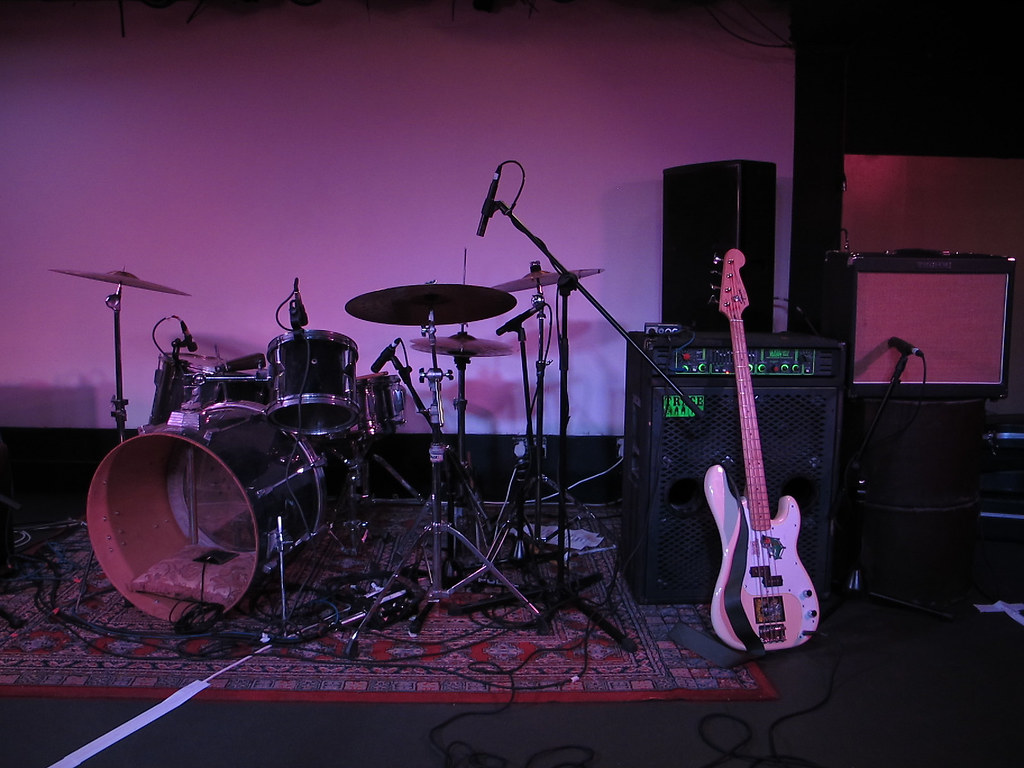
6. **America: The Gentle Breeze of Soft Rock**In an era where rock music often meant thunderous guitars and defiant anthems, the emergence of America offered a distinctly different, yet equally captivating, sonic experience. Their sound, characterized by intricate harmonies, acoustic guitar work, and often melancholic lyrical themes, carved out a significant niche in the early 70s. This band, much like Three Dog Night and Neil Young, found success in crafting singles that resonated with an audience drawn to more introspective and melodious tunes, often landing squarely in the “easy listening” category as early as 1972. It was a testament to the decade’s vast musical palate that such a gentle approach could achieve widespread popularity alongside its harder-edged counterparts.
America’s arrival underscored the growing appetite for soft rock, a genre that provided a contemplative counterpoint to the bombast of hard rock and the theatricality of glam. Their music offered a sense of tranquility and introspection, qualities that were deeply appreciated by a segment of the listening public weary of the louder sounds. This allowed them to build a dedicated fanbase and achieve considerable commercial success, demonstrating that rock ‘n’ roll could indeed be both powerful and tender, expansive and intimate. Their melodic craftsmanship became a defining characteristic of a specific vein of 70s rock.
Despite their undeniable impact and a catalog of enduring songs, the nature of the concert circuit and mainstream appeal often favored acts with a more consistent, genre-specific identity as the decade wore on. While their music remained beloved and found continued airplay, their pervasive presence on the national touring circuit as a dominant force began to diminish compared to their early 70s peak. As disco exploded and punk rock thrashed its way into the spotlight, the gentler sounds of America, though still appreciated, no longer commanded the same widespread attention in the ever-shifting tides of popular music, illustrating how even genuinely good bands can quietly fade from the most prominent stages.

7. **T. Rex: The Glittering Spectacle of Glam Rock**When one speaks of the flamboyant, electrifying spirit of early 1970s rock, T. Rex immediately springs to mind, serving as a quintessential purveyor of glam rock. By 1972, this innovative British act, alongside the enigmatic Ziggy Stardust, was not merely performing music; they were orchestrating a full-blown spectacle on stage, mesmerizing audiences with a potent blend of catchy, driving rock and an unparalleled visual aesthetic. Their sound and presentation became synonymous with the genre’s explosive rise, leaving an indelible mark on both the musical and cultural landscape of the decade.
Glam rock, as pioneered and popularized by bands like T. Rex, was characterized by more than just sound; it was a total sensory experience. It embraced “glamorous imagery and glittering costumes,” often infused with what observers characterized as “Rock n Rouge” for its “bi-ual overtones,” pushing boundaries of gender and performance. T. Rex masterfully combined simple, irresistible riffs with highly theatrical stagecraft, creating an aura of captivating allure and playful subversion. This bold, visually striking approach captured the imaginations of a generation hungry for something fresh and daring, making them iconic figures of the era.
Yet, the very intensity and theatricality that fueled glam rock’s meteoric ascent also contributed to its relatively brief reign at the absolute pinnacle of mainstream rock dominance. The music industry is a relentless machine, constantly seeking novelty, and as quickly as glam ignited, new styles emerged to capture the public’s fickle attention. While T. Rex’s influence on rock music, particularly alternative and punk, is profound and enduring, their consistent presence on the mainstream concert circuit began to wane as the decade moved into its latter half. The glittering costumes and audacious theatrics, once revolutionary, eventually gave way to different forms of rebellion and expression, marking T. Rex as a brilliant, if somewhat fleeting, supernova in the 70s rock firmament.
8. **Seals & Crofts: Harmonizing Folk-Pop into the Arena Rock Age**In the diverse tapestry of 1970s music, Seals & Crofts carved out a distinct and recognizable space with their intricate vocal harmonies, folk-infused melodies, and spiritually tinged lyrics. They represented a softer, often more introspective side of the decade’s popular sound, blending elements of folk, pop, and light rock into a soothing yet deeply engaging musical style. Their music offered a gentle refuge from the heavier sounds of hard rock and the emerging flash of glam, proving that a nuanced, heartfelt approach could still command massive audiences.
Indeed, their popularity was such that by 1974, they were sharing the stage with rock giants like The Eagles at an enormous 12-hour rock show in Ontario, California, which grossed over $2 million in record profits. This appearance at such a significant event underscored their mainstream appeal and their ability to connect with a broad audience, even amidst acts that typically represented a different stylistic spectrum. It was a testament to the inclusive nature of the 70s music scene, where a well-crafted song, regardless of genre, could find its place among the biggest performers of the day.
However, as the decade progressed and the musical landscape shifted dramatically with the rise of disco and the raw energy of punk rock, the folk-pop sensibilities of Seals & Crofts found it increasingly challenging to maintain the same widespread mainstream presence on the concert circuit. While their dedicated fanbase remained, the broader popular consciousness began to favor sounds that were either more dance-oriented or aggressively rebellious. The factors contributing to their diminished presence were less about a lack of quality and more about the relentless evolution of popular taste, which often leaves even beloved acts appearing to vanish from the forefront after their peak.
The 1970s, as we’ve explored through these captivating stories, was a decade of thrilling highs and inevitable shifts. It was an era where musical boundaries were constantly redrawn, where experimentation flourished, and where bands could ascend to dizzying heights of fame almost overnight. Yet, it was also a period that brutally exposed the transient nature of celebrity and the unforgiving currents of popular taste. The bands we’ve remembered here — from the marimba-infused pop of Starbuck to the theatricality of T. Rex, and the enduring harmonies of Three Dog Night, America, and Seals & Crofts — left an undeniable legacy, etching their unique sounds into the heart of a generation. Though many vanished from the main concert circuit after their 70s heyday, their music continues to resonate, reminding us of the rich, diverse, and sometimes bittersweet history of rock ‘n’ roll, a genre forever in flux, yet eternally captivating.


